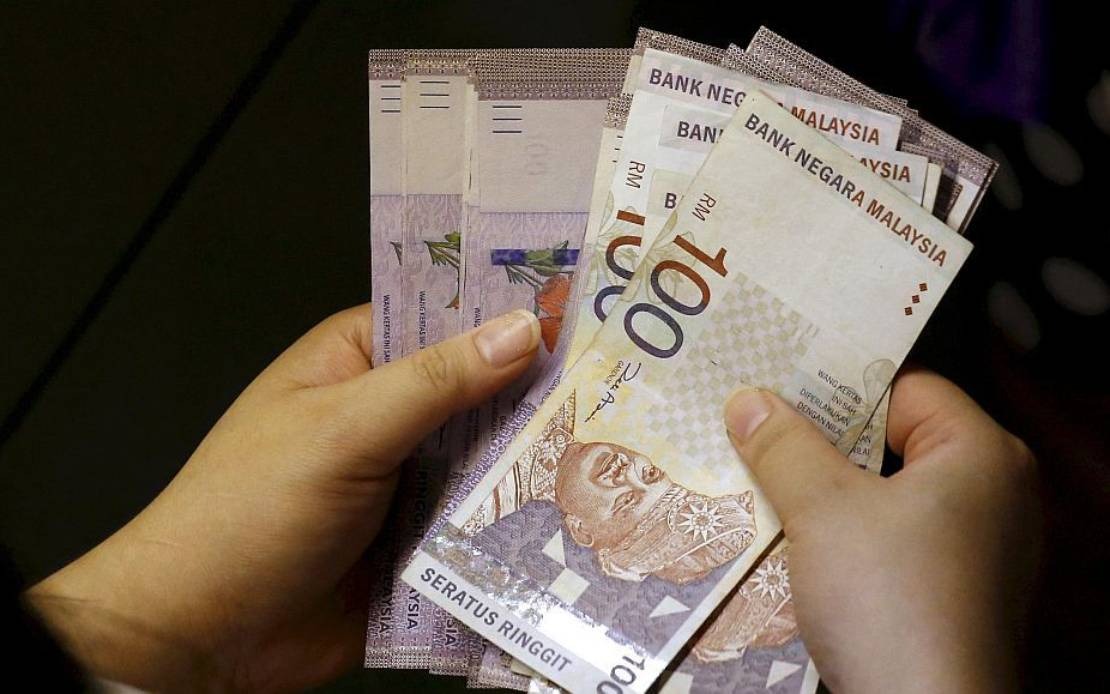By Karina Imran
KUALA LUMPUR, Dec 16 (NNN-Bernama) — The Malaysian ringgit is expected to trend higher next week following the positive effects of China’s latest domestic stimulus and a pivot in the US Federal Reserve’s (Fed) policy stance, said SPI Asset Management managing partner Stephen Innes.
He said the ringgit should rally more on the “Great Monetary Pivot of 2024”, especially when combined with China’s recent move to infuse a record amount of cash into its economy.
“China’s moves are aligned with a renewed commitment to supporting its property sector, delivering a more potent stimulus message to investors disillusioned with previous fragmented approaches,” he told Bernama.
Innes said that as China is Malaysia’s biggest export destination, any stimulation to its domestic economy would, in theory, increase Malaysia’s exports.
He said the degree to which regional investors embraced China’s stimulus would help drive the ringgit’s performance next week.
“However, the ringgit continues to wallow in domestic political and external geopolitical woes. Geopolitical factors, particularly US-China relations, could impede investor confidence,” he added.
Earlier in the week, the Fed surprised the market by endorsing 75 basis points of interest rate cuts in 2024, and the Fed’s dovish pivot was given the moniker “Great Monetary Pivot of 2024”.
Meanwhile, the US Federal Open Market Committee (FOMC) has opted to keep the FFR steady at 5.25-5.50 per cent following its latest meeting.
Focusing on the yen
Bank Muamalat Malaysia chief economist Mohd Afzanizam Abdul Rashid believes the ringgit might attempt to break the immediate support of RM4.6611 next week as the Fed is expected to cut interest rates next year.
He said the main focus now is on the Japanese yen as the Bank of Japan (BOJ) is expected to ditch its ultra-loose monetary policy sometime in January next year, based on a Reuters poll.
The economist said that since Nov 15, the ringgit has depreciated against the yen by 6.4 per cent to RM3.2868 per 100 yen.
“The BOJ monetary policy meeting on Dec 19 will be closely monitored as market participants are searching for clues to the possible removal of monetary policy accommodation.
“The BOJ is the outlier among its global peers as they have been maintaining negative interest rates despite headline and core consumer price index hovering more than 2.0 per cent since the middle of 2022,” he said.
For the week just ended, the local note traded mixed, driven by the latest US inflation data and the outcome of the US FOMC meeting.
On a Friday-to-Friday basis, the ringgit was slightly lower against the US dollar to 4.6675/6720 from 4.6625/6665 a week earlier.
The local unit also traded lower against other major currencies.
It fell vis a vis the Japanese yen to 3.2930/2966 from 3.2307/2337 a week earlier, slipped against the British pound to 5.9646/9703 from 5.8542/8593 and slid versus the euro to 5.1165/1214 from 5.0243/0286 at the previous Friday’s close.
The ringgit was traded mostly lower against a few ASEAN currencies.
It edged down versus the Singapore dollar to 3.5136/5173 from 3.4818/4853, weakened against the Thai baht to 13.3970/41769 from 13.1933/2094 and was marginally easier against the Indonesian rupiah at 301.2/301.6 from 300.4/300.8 at the previous Friday’s close.
But, the ringgit gained against the Philippine peso to 8.38/8.40 from last week’s closing rate of 8.41/8.43.
— NNN-BERNAMA






